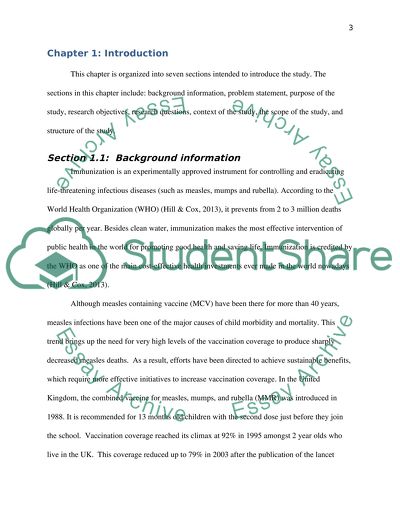Cite this document
(“Factors that influence measles immunisation in UK Dissertation”, n.d.)
Factors that influence measles immunisation in UK Dissertation. Retrieved from https://studentshare.org/health-sciences-medicine/1484514-factors-that-influence-measles-immunisation-in-uk
Factors that influence measles immunisation in UK Dissertation. Retrieved from https://studentshare.org/health-sciences-medicine/1484514-factors-that-influence-measles-immunisation-in-uk
(Factors That Influence Measles Immunisation in UK Dissertation)
Factors That Influence Measles Immunisation in UK Dissertation. https://studentshare.org/health-sciences-medicine/1484514-factors-that-influence-measles-immunisation-in-uk.
Factors That Influence Measles Immunisation in UK Dissertation. https://studentshare.org/health-sciences-medicine/1484514-factors-that-influence-measles-immunisation-in-uk.
“Factors That Influence Measles Immunisation in UK Dissertation”, n.d. https://studentshare.org/health-sciences-medicine/1484514-factors-that-influence-measles-immunisation-in-uk.


